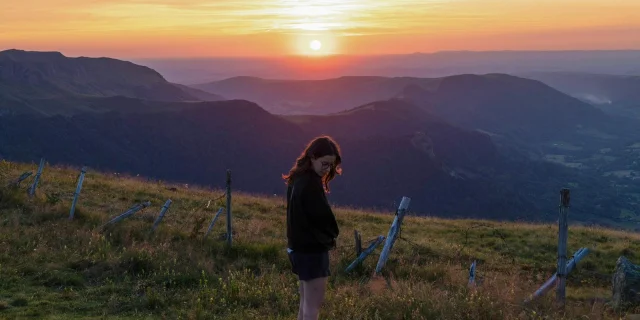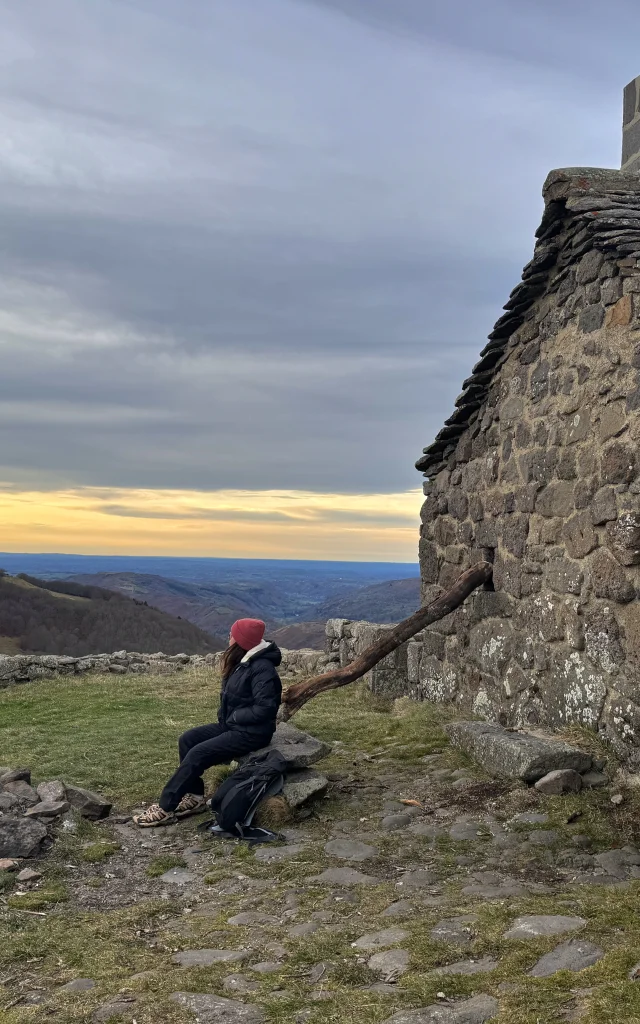1. Plan your bivouac
Choose the right place
- Check local regulations: some protected areas do not allow bivouacs (e.g. Cantal).
- Choose a safe location: choose a relatively flat spot sheltered from the wind, avoid mountainsides, cliff edges and valley bottoms likely to fill with water in the event of rain.
- Minimize your impact: set up in areas that are already frequented, so as not to further damage the vegetation, and of course, leave no trace of your passage.
Prepare for the weather
- Check the forecast, and don’t set off in the event of thunderstorms or strong winds.
- Take along clothing suited to the conditions (rain, cold, wind).
Draw up an itinerary
- Calculate the time needed to reach your location before nightfall.
- Let someone know your itinerary and estimated time of return, and give your location live if possible.









